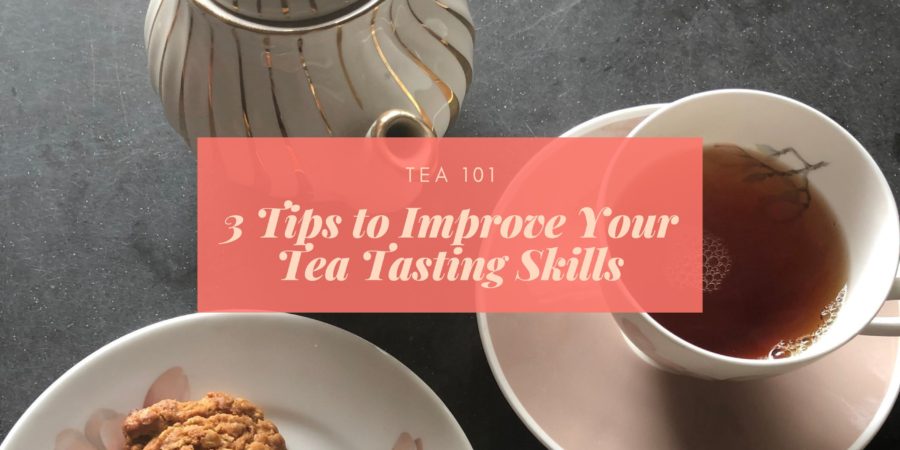Recently, I was drinking a rather inscrutable tea (i.e. a tea where I don’t get the notes I’m supposed to get) and that got me reflecting a little on my tea journey. As you can probably tell from my tea reviews, I don’t get the most exciting things from my tea tasting sessions, but I do feel that I have improved. So if you’re getting into tea and wondering how people are getting notes of straw, plum, etc, here’s how you can improve your tea tasting abilities.
Note: there is no need for anyone to improve their tea tasting abilities if they’re just drinking tea for fun. But if you’re interested in going deeper into tea, I hope this post can be of some help.
Tip 1: Try Tea Comparisons
For me, the best way to improve my tea tasting abilities was to drink a lot of different types of tea. If possible, drink several different types of tea in one tea session to compare them. This is also a sure way to get tea drunk, but being able to taste several types of tea will let you understand the differences between them.
When doing comparisons, I think it’s best to compare similar-ish teas. It’s quite obvious to tell the difference between a green tea and a black tea, but if you’re say, getting into oolongs, it may be useful to try a lightly roasted oolong and compare it to a medium and highly roasted oolong to see the difference. Or perhaps try green teas from several different countries to see what the differences can be.
One event I really enjoyed was the Sayama tea tasting event, because we tried several different senchas made from different cultivars – I’ve had people who are new to tea tell me they can taste the difference and I think doing something similar really helps you get the confidence that you can differentiate between teas.
Tip 2: Eat widely
Even if you can differentiate between teas, it can be hard to find the right words to describe them (my problem). And honestly, the best solution to that is to eat widely. For example, how can you tell if a tea has seaweed notes if you’ve never had seaweed before?
I’m quite a picky eater and was even worse when I was young, so it’s probably not a surprise that I have problems describing teas sometimes.
Tip 3: Slow down (and have a notebook handy)
Tea can be described in so many ways: its fragrance, its colour, its taste and aftertaste, and even its viscosity. That’s a lot of things to take in and I don’t really think it’s possible to take in everything in one mouthful. I prefer to slowly drink my tea and write down my impressions of it, which really helps me focus on the individual components of the tea.
A tea notebook is also useful for comparing your current cup of tea with teas that you’ve drunk before! It may not be possible to always do tea comparisons, but if you’ve written down your observations, you’ll be able to compare your reaction to one tea to your current cup and that could be illuminating as well!
And these are my three tips on how you can improve your tea tasting abilities! There are, unfortunately, no shortcuts to learning how to discern the different notes in a tea, but the learning process is definitely part of the fun.

I love these ideas! I was also a super picky eater when I was younger so I bet I’d struggle to describe tea sometimes haha
I feel you! But tea is delicious even if we can’t fully describe it hahaha